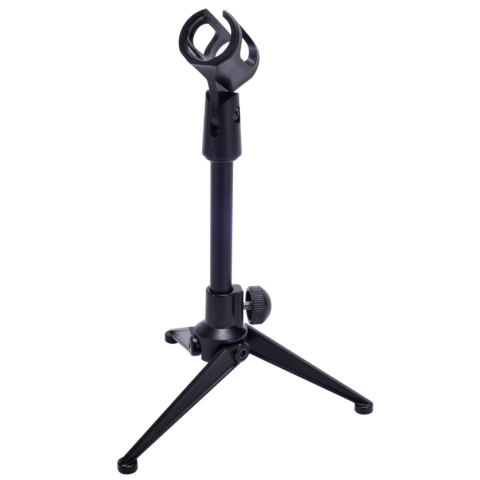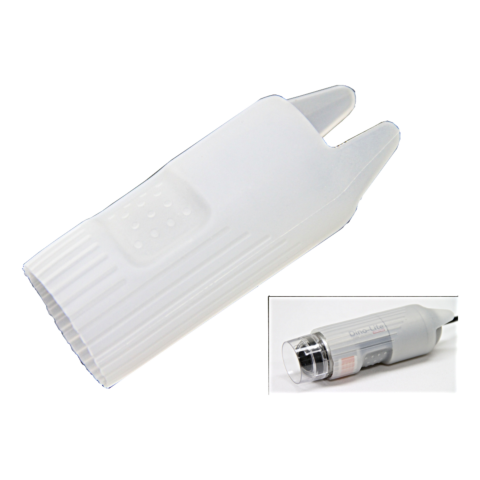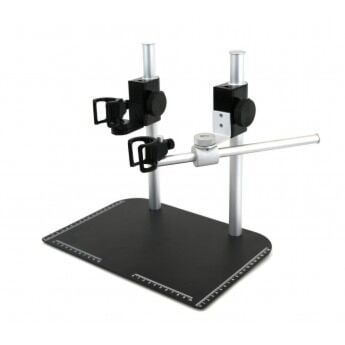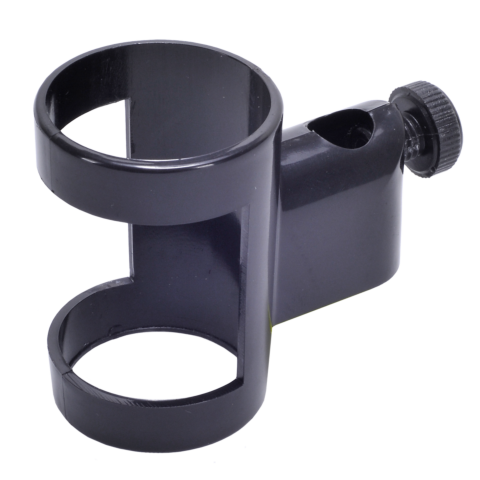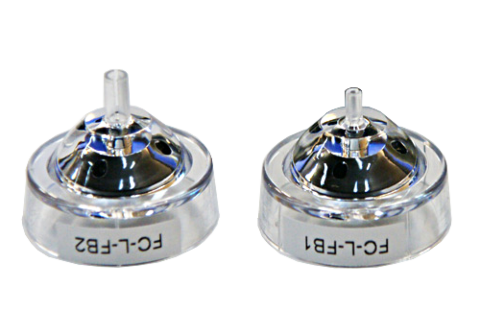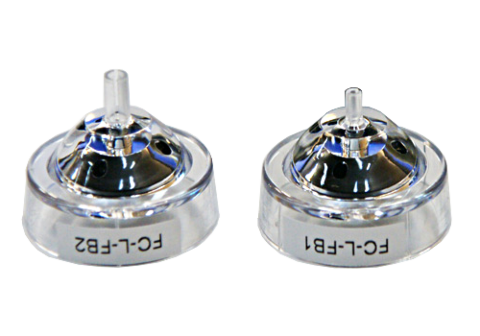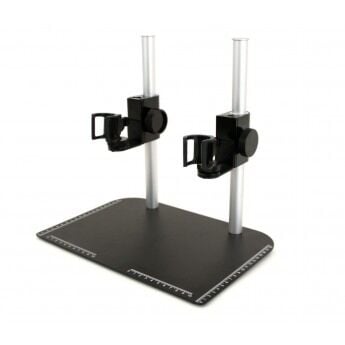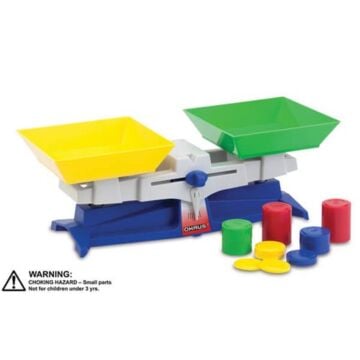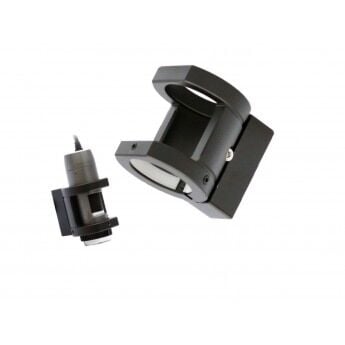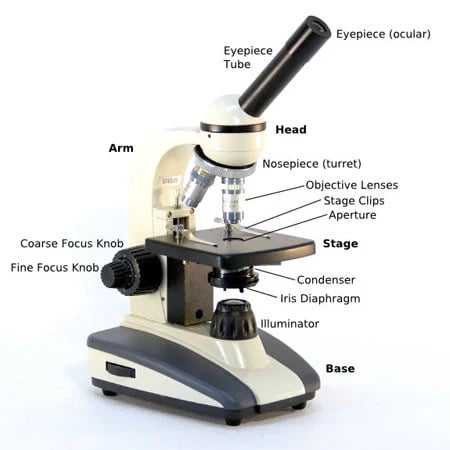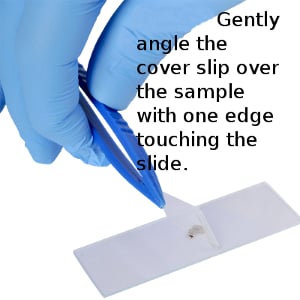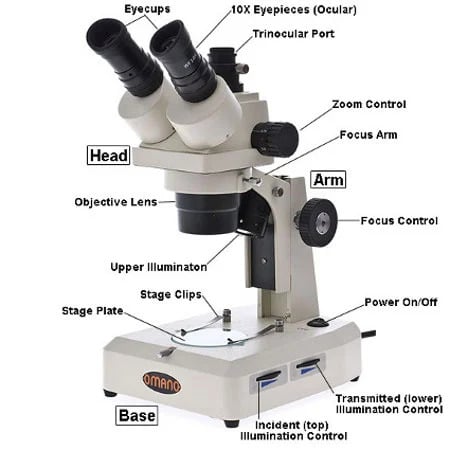The store will not work correctly in the case when cookies are disabled.
JavaScript seems to be disabled in your browser.
For the best experience on our site, be sure to turn on Javascript in your browser.
Microscopes
Dino-Lite
Tripod design permits imaging from 360 degrees
Ideal for imaging larger objects from a horizontal view
Holster pivots allowing image capture from different angles
Tripod legs fold away for compact storage
Dino-Lite
Vertical multi-positioning specimen holder
360-Degree horizontal and vertical rotation
Convenient, portable and easy to use
Dino-Lite
Works with any Dino-Lite microscope Ergonomic grip for easier handling Protects against damage and dust contamination Allows full range of operation
Dino-Lite
Diffuser nozzle for Dino-Lite Edge Series portable handheld microscopes.
Dino-Lite
Side-by-side comparative analysis
Simultaneous viewing from different angles
360-degree horizontal positioning
Vernier control for precise vertical focusing
Graduated scale etched into the base for easy reference
Horizontal boom arm for viewing large specimens
Dino-Lite
Ergonomic design
Tough ABS plastic construction
Precision-cast for secure fit
Dino-Lite
Adapts to AD4113TL & MTL models
Yields magnification range of 750X-770X
Ideal for FC, SC & ST-type fiber optic connectors
Dino-Lite
Adapts to AD4113TL & MTL models
Yields magnification range of 860X-880X
Ideal for LC-type fiber optic connectors
Dino-Lite
Side-by-side comparative analysis
Simultaneous viewing from different angles
360-degree horizontal positioning
Vernier control for precise vertical focusing
Graduated scale etched into the base for easy reference
Dino-Lite
Complete protection for Edge Series Dino-Lite microscopes
Magnify, illuminate and record in any environment
Extension poles allow imaging in hard-to-reach areas
Enclosure mount adapter will adjust to any orientation
Clear protective lens enables distortion-free imaging
Not waterproof
Education Center
A high power or compound microscope achieves higher levels of magnification than a
stereo or low power microscope. It is used to view smaller specimens such as cell structures
which cannot be seen at lower levels of magnification.
May 18, 2012
Before you start building your slides, make sure you have everything you will need, including slides, cover slips, droppers or pipets and any chemicals or stains you plan to use.
May 22, 2012
A low power or stereo microscope typically employs objective lenses of 50x or less. It is used to view specimens that are visible to the naked eye such as insects, crystals, circuit boards and coins.
A stereo microscope has three key parts:
May 18, 2012


